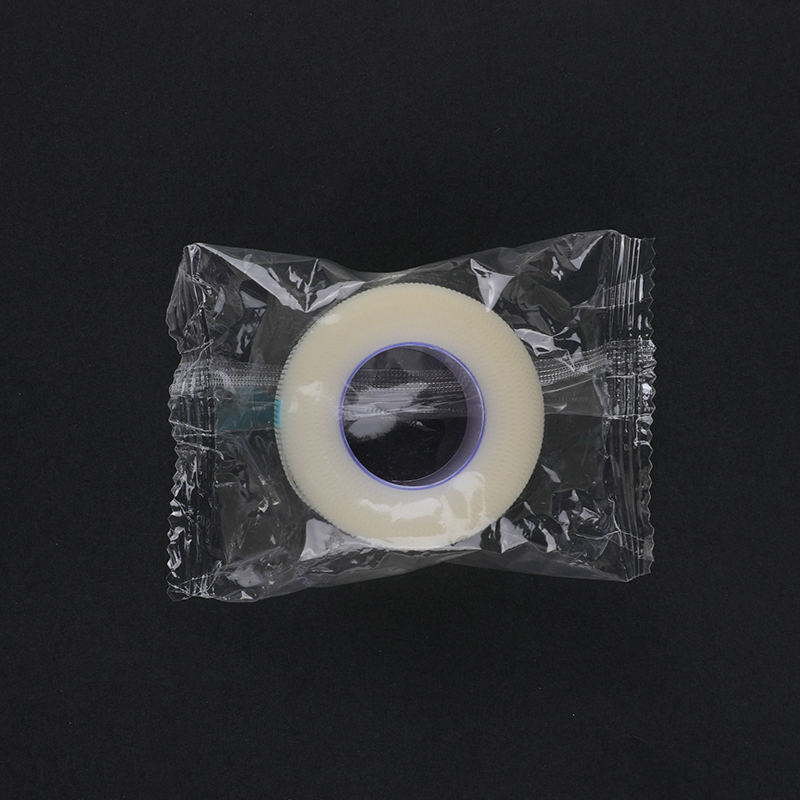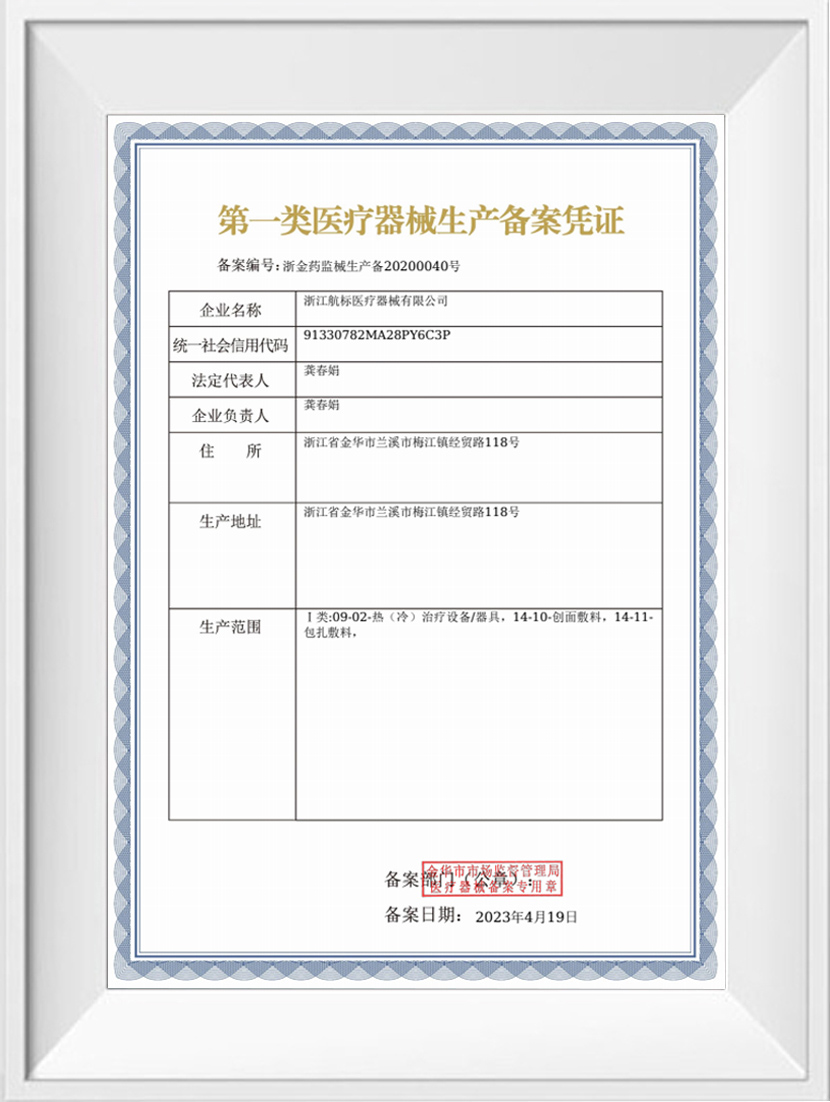Introduction
Silicone Scar Reducing Tape has gained popularity as a non-invasive method to improve the appearance of scars. Its ease of use and effectiveness make it a preferred choice for many users. However, one common concern is whether the tape stays securely in place or tends to peel off easily during daily activities. This article examines factors influencing the adhesion of Silicone Scar Reducing Tape and offers practical advice to enhance its durability.

Adhesion Characteristics of Silicone Scar Reducing Tape
Silicone Scar Reducing Tape is equipped with a medical-grade adhesive designed to strike a balance between strong adherence and gentle removal. This ensures the tape remains securely attached to the skin for extended periods without irritating removal. The adhesive is formulated to work well on a variety of skin types, but the tape’s overall staying power can be affected by external and personal factors.
Factors Influencing Tape Durability on Skin
Several key factors determine how well Silicone Scar Reducing Tape adheres throughout the day. Skin preparation is crucial; oils, lotions, sweat, and dirt can significantly reduce adhesive strength. Cleaning and drying the skin before applying the tape helps improve contact. The location on the body also matters, as areas prone to movement, friction, or moisture—such as joints or sweaty regions—may experience earlier tape loosening. Additionally, individual skin type influences adhesion, with oily or highly active skin posing more challenges for sustained tape attachment. Environmental factors like humidity, water exposure, and physical activity levels also play important roles.
Expected Wear Time and Real-World Experience
Typically, Silicone Scar Reducing Tape is designed to remain effective for several days, often up to a week, depending on conditions. Under ideal circumstances—clean skin, minimal movement, and a dry environment—the tape can stay firmly in place for multiple days. However, users commonly report that edges might start to lift or peel after extended wear, particularly if exposed to sweat or friction. These occurrences are normal and do not necessarily indicate product failure but reflect the natural limitations of skin adhesives.
Tips to Enhance Adhesion and Prevent Premature Peeling
To improve how long Silicone Scar Reducing Tape stays attached, several practical steps can be followed. Ensuring the skin is free from oils, lotions, and moisture before application is vital. Trimming excess hair can improve direct skin contact. Pressing the tape firmly onto the skin after application helps secure adhesion. Avoiding excessive stretching or bending of taped areas reduces stress on the adhesive bond. When engaging in activities that cause heavy sweating or water exposure, it may be beneficial to replace the tape sooner or use supplementary waterproof barriers. Following the manufacturer’s recommended replacement schedule also supports suitable adhesion and hygiene.
What to Do When the Tape Starts to Peel
If the tape begins to lift or peel prematurely, gently repositioning may temporarily help if the adhesive surface remains clean. However, reuse is generally discouraged since adhesive properties degrade with wear and contamination. When tape detachment is frequent or problematic, considering a different tape size, brand, or consulting a healthcare provider for alternatives can be helpful.
Conclusion
Silicone Scar Reducing Tape is generally reliable in maintaining adhesion for several days, but its durability depends on skin condition, placement, user activity, and environmental factors. While occasional peeling or loosening may occur, following proper application and care guidelines significantly reduces these issues. Understanding these factors enables users to optimize their scar treatment experience with this product. For persistent adhesion problems or sensitive skin concerns, consulting a dermatologist or product specialist is recommended.



